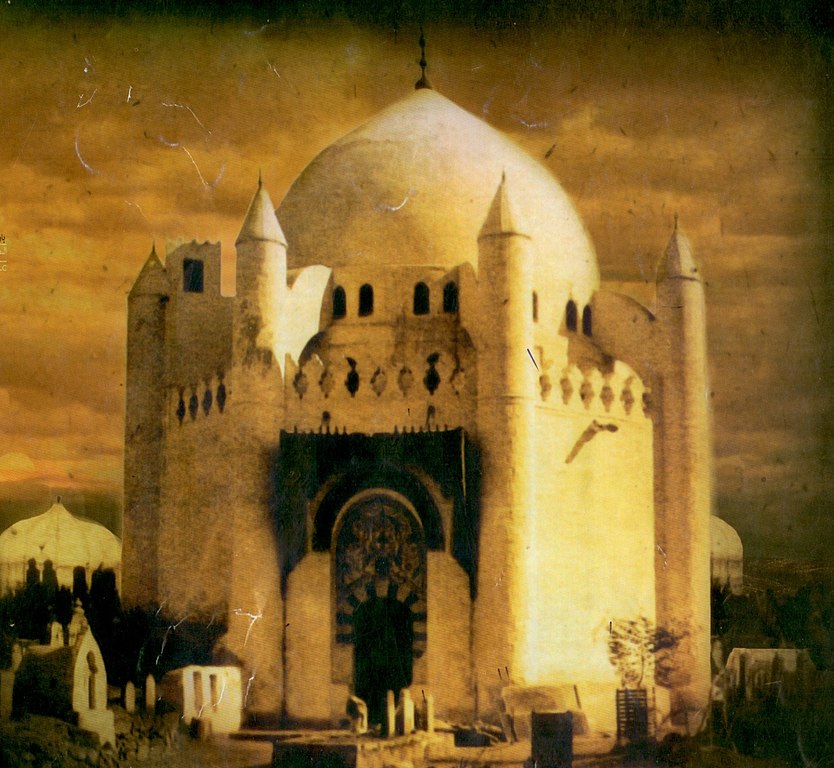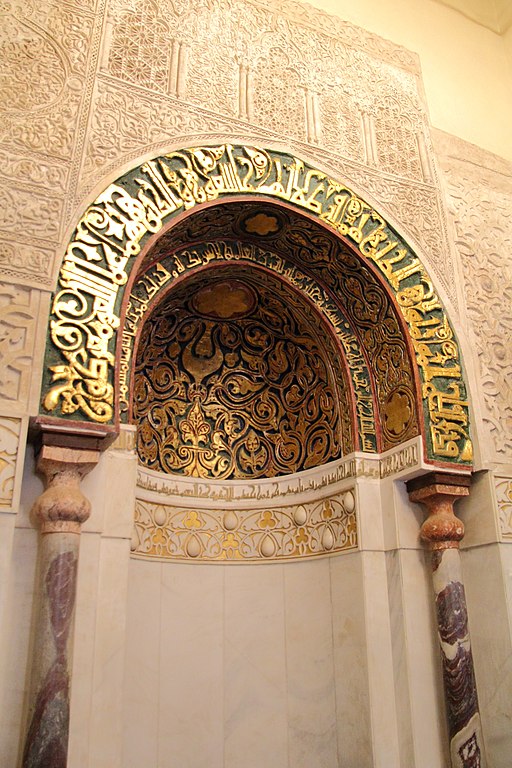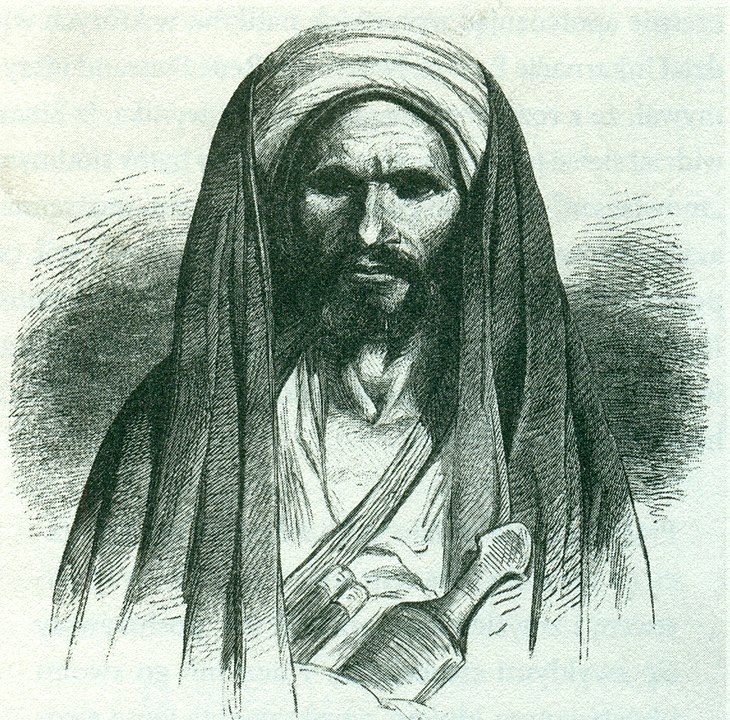In this post I try to give an introduction about the history of Ismailis before Alamut era.
The assassins are based on an actual historical group who functioned in this region at the time and who had Massive in Syria as one of its main strongholds.

The assassins was a group of “Nizari Ismailis” a mysterious faction of revolutionary “Shia” Muslims. They established powerful fortresses and a fragmented state in Persia and Syria from the 11th to the 13th century. Ismailis often used some quite unconventional methods (military methods) of subduing their opponents.
But what are Nizari Ismailis?
Let’s back up a few centuries to establish the historical background to this story.
As I mentioned, the Ismailis is a branch of Shia Islam.
In fact the second largest branch of Shia Islam today and this very famous bloody conflict between the Sunni and Shia (branches of Islam) goes back very far in history but is often somewhat oversimplified.
In simple terms, the primary factor in this division between Shia and Sunni Islam relates to the question of “authority”; who is the successor or was the successor. The question that who was the rightful heir to the prophet Muhammad in terms of religious questions.

The Sunnis eventually took the position that it is up to the “olima” (religious scholars). They determined what right practice and right belief and so on was. They were responsible to announce what orthodoxy or to answer religious questions for the wider community.
The Shiites however sometimes called “Alids” (the followers of Ali) in the early period, held that the succession to prophet Muhammad was instead inherited by the “Imams” who are direct descendants of the prophet through his daughter “Fatima” and her husband Imam Ali who is also considered to be the first of the Imams.

There is only one imam at any given time who has absolute authority in religious matters. He was in charge until he dies and the succession is carried over to one of his sons. Then he hands it over to his son and so on.
But over the centuries things have changed and developed of course. The Shiites themselves are divided into various subgroups disagreeing on which line of imams is the legitimate one.
How the Ismailis were founded?
The Ismailis who we are focusing on, appear in connection to a conflict of succession after the sixth imam who was “Jaffar al-Sadegh”.
The group known as the “Ithna-Ashari” or “Twelvers” favored Imam Jaffar’s younger son “Musa al-Kazim”, while another group favored his eldest son “Ismail”. Hence the name “Ismailis” or “Ismailia” came to be a group name to them.
The Ismailis then continued to be a significant force both politically and intellectually for the coming centuries

They became characterized for their philosophical and esoteric outlook on Islam and the Quran often being referred to as the “Baatiniya”. We can roughly translate Baatiniya to “the esoterics”.
Implementing Neo-Platonism into their theology and philosophy as well as other forms of mysticism, the Ismailis have always been a very unique voice in the intellectual tradition of Islam. They managed to introduce such people as the famous “Ikhvan al-Safa”; the “Brethren of Purity” and Nasser Khosro.
On the political front, the Ismailis soon established themselves as a force to be reckoned with when they founded the “Fatimid Empire” in the early 10th century. They (at the height of their power) ruled most of north Africa parts of Syria and the Arabian peninsula from their base in Cairo Egypt.

Fatimid Empire
The Fatimid period in Egypt and elsewhere has become known for its great advancements in various scientific and artistic fields. They were also famous to a general tolerance shown towards minority groups such as Christians and Jews.
The leaders of this empire the “Caliphs” were also the Imams of the Ismailis and thus served a double function of “Caliph-Imams”. They were both the rulers of an empire and the absolute religious authority for Ismaili Shiites.
These caliph imams would send missionaries known as “Daai” to various locations around the empire and elsewhere. This missionary activity was particularly successful in the wider Persian region where a lot of these missionaries would settle. They were pretty successful in spreading the “Dawa” i.e. the “Ismaili creed” to the population there and this is where the story of the Assassins of Alamut starts.


Pingback: Alamut Assassins - Gate of Alamut